Precisionism is the first originally American modernist movement. This movement was created after the First World War, and it achieved the most significant successes during the 1920s and 1930s. The Precisionists relied on the experiences of Cubism, Futurism, and Purism in forming their artistic language. These artists drew inspiration for their work from the American reality, which was characterized by the architecture of skyscrapers, suspension bridges, and spaces that were created on the wave of accelerated industrialization. Significant representatives of this movement were Charles Sheeler, Charles Demuth, Niles Spencer, John Storrs, Stuart Davis, Joseph Stella, Charles Rosen, Georgia O’Keeffe.
Notable Precisionist Artworks
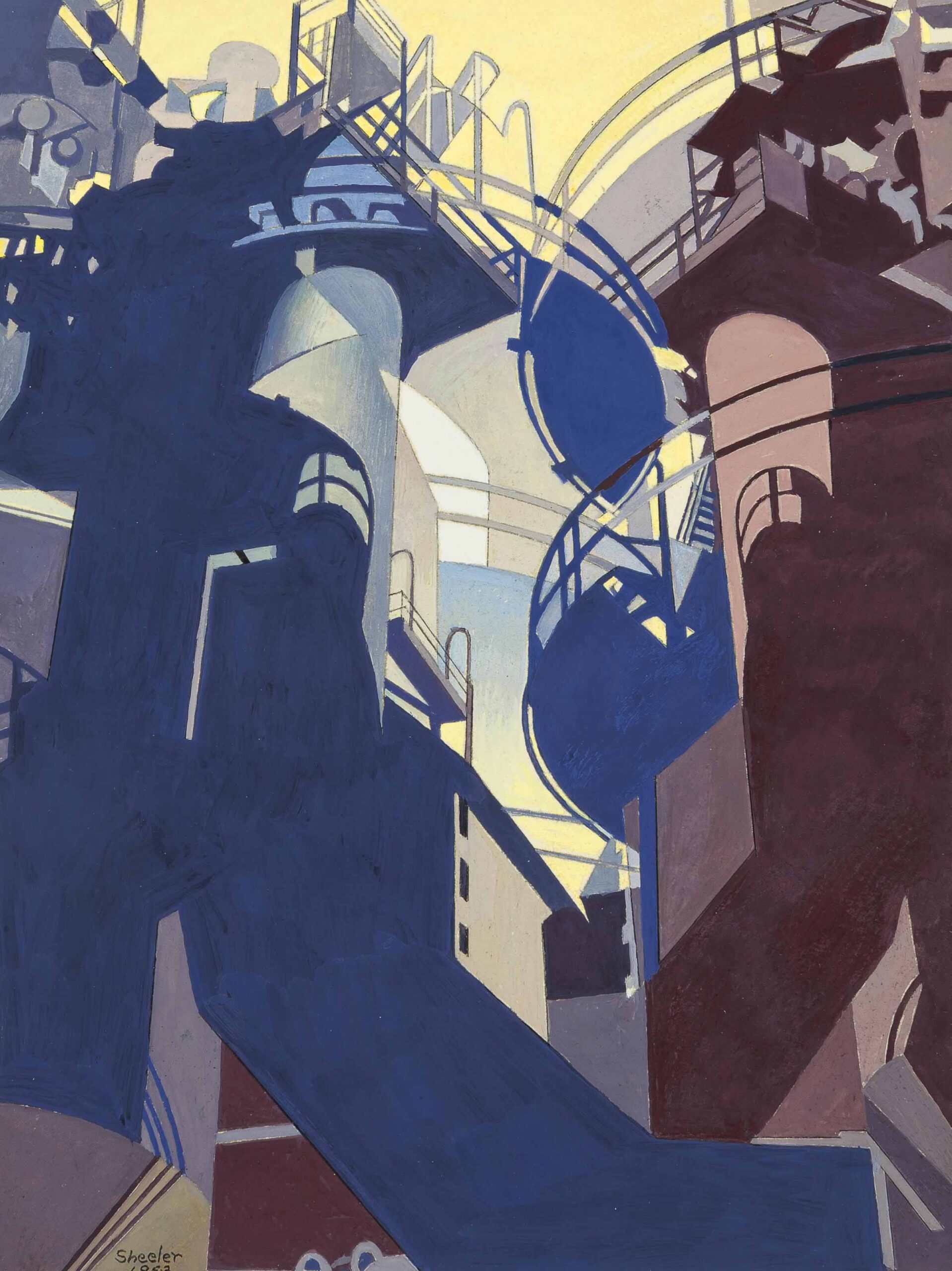
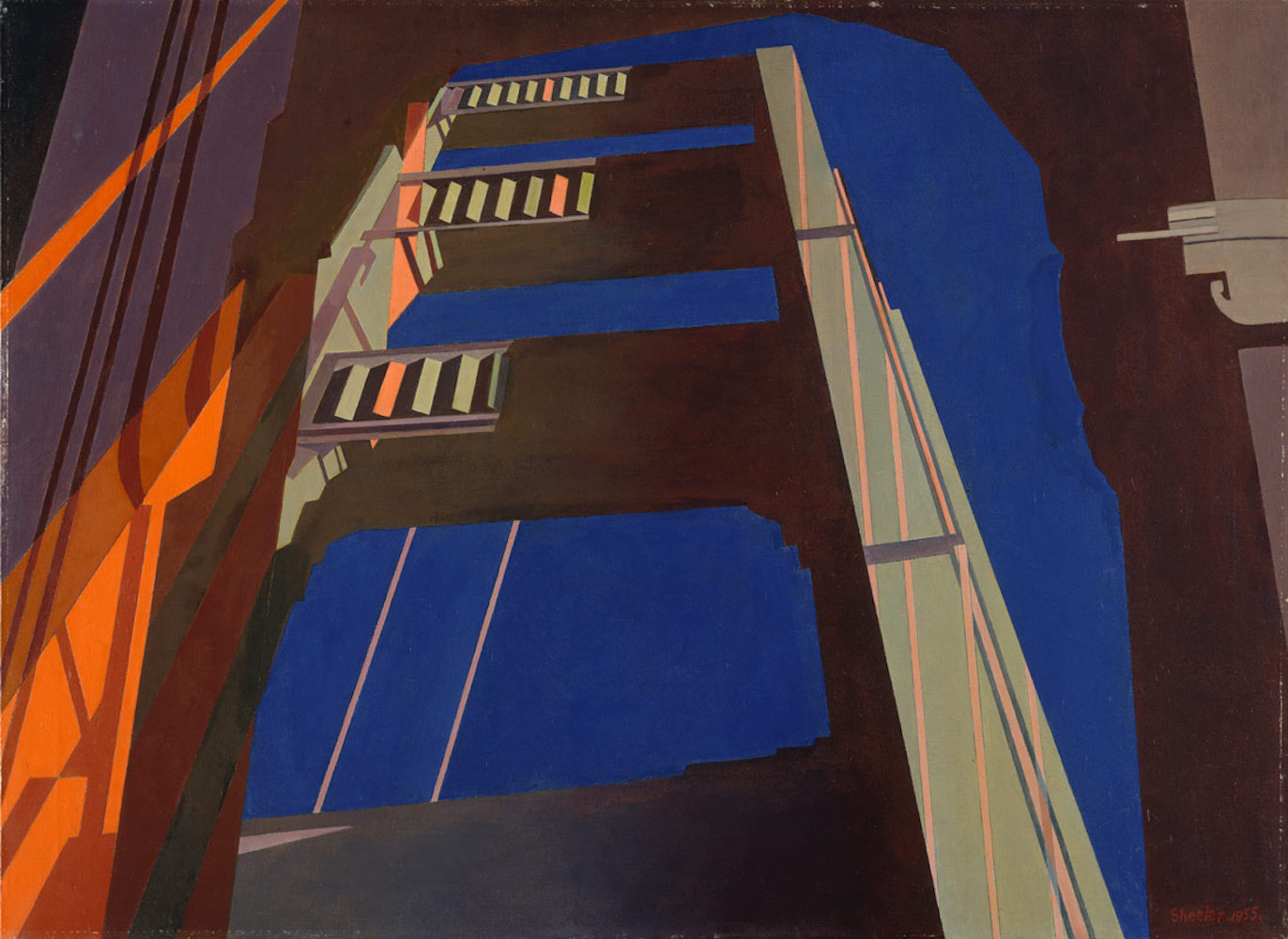

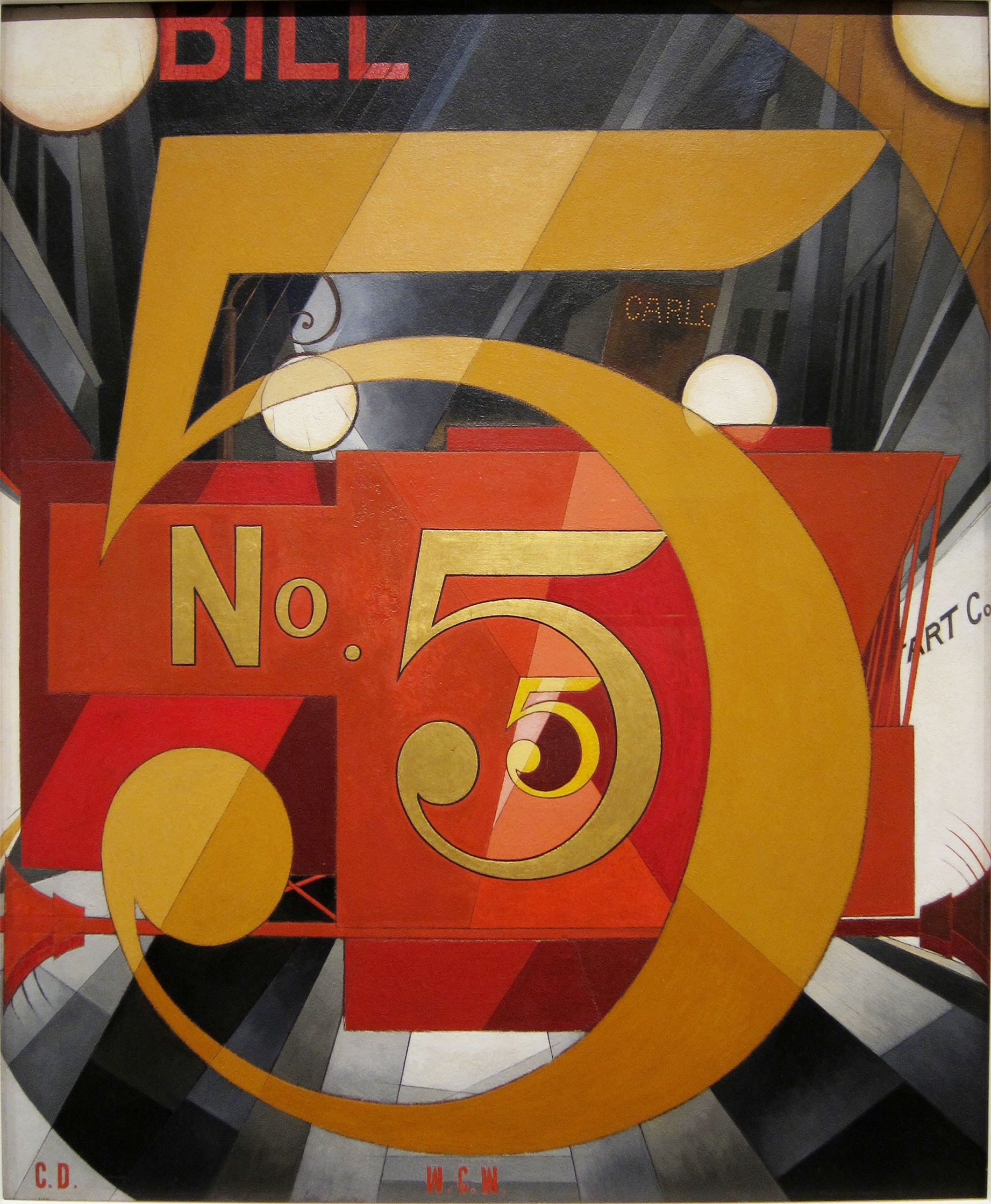

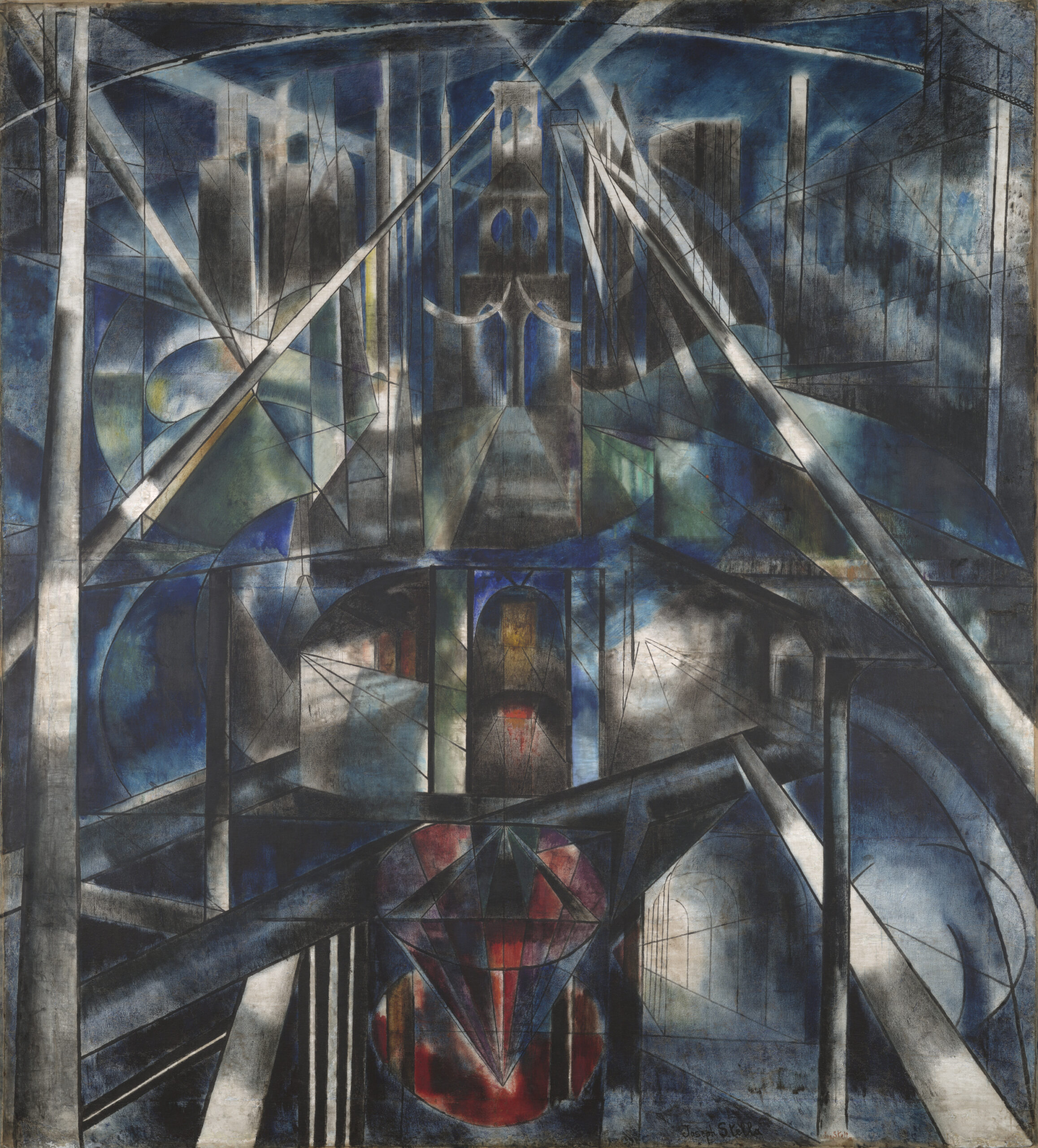
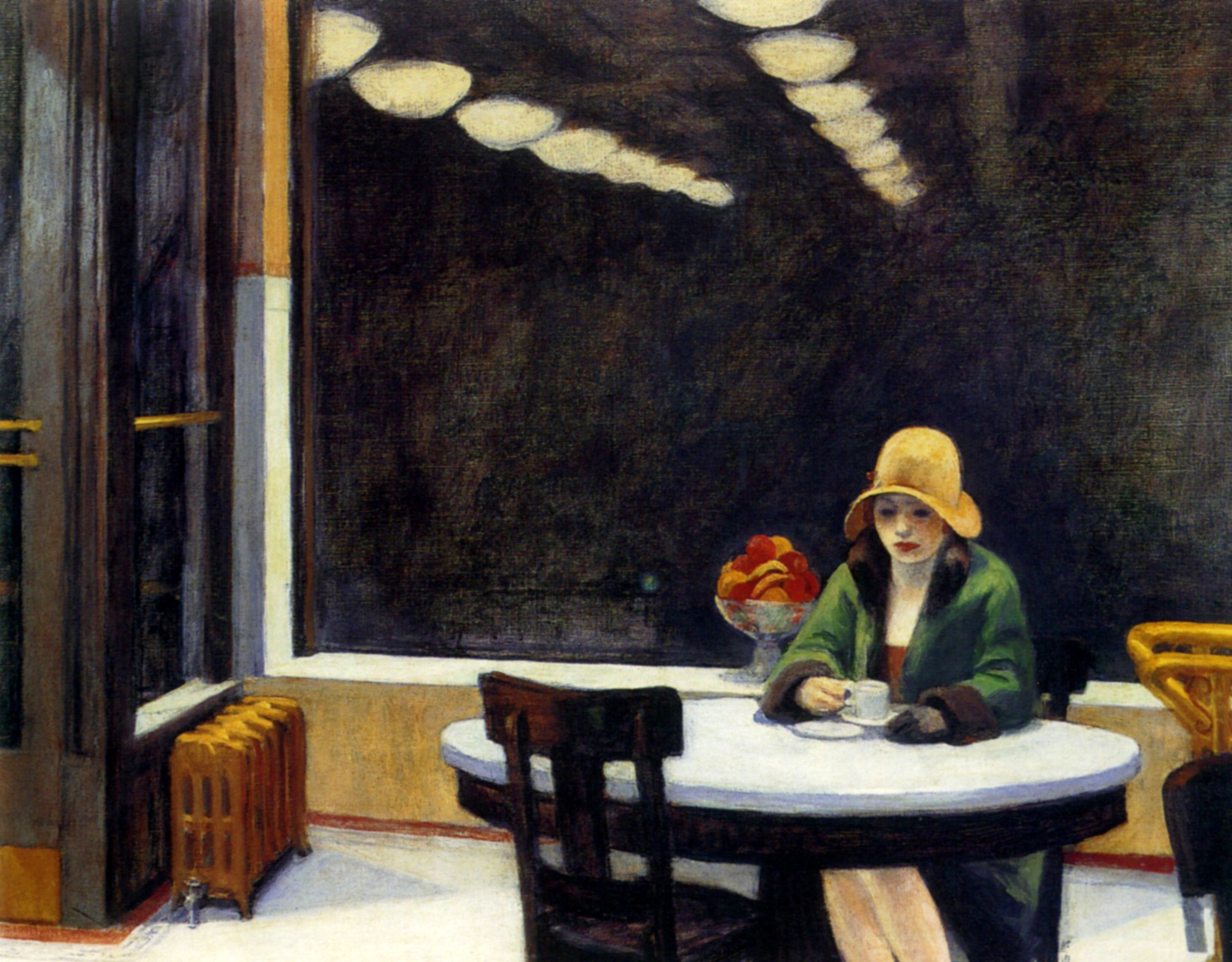

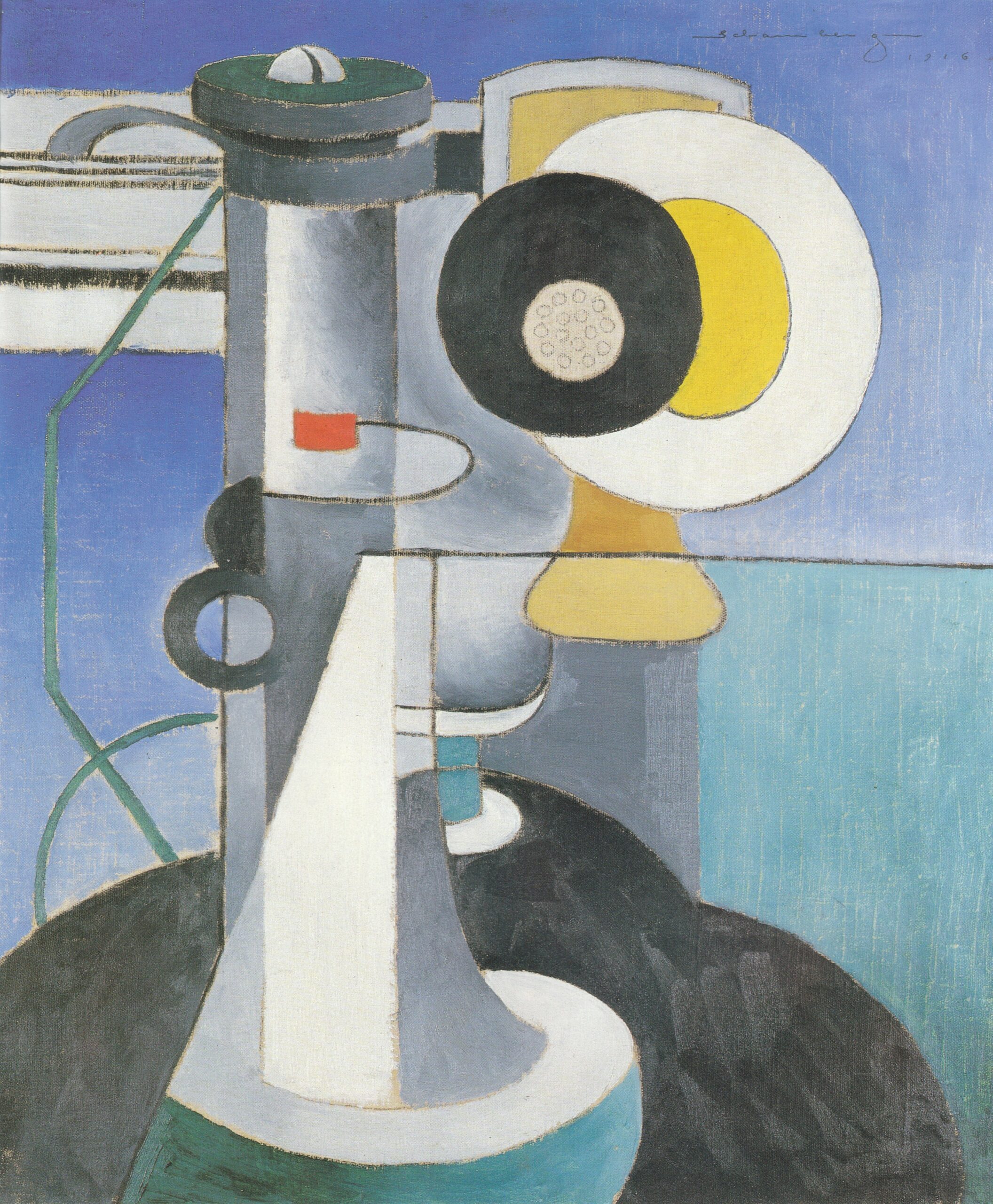
The Influence of the European Avant-garde on the Development of Precisionism
European Avant-garde art had a strong influence on artists from the Precisionist circle. The 1913 Armory Show was officially the starting point of this exchange which significantly improved in the years after the First World War. The primary influence on the painting of Precisionism was achieved by the cubist experiment. The Precisionists accepted many components of the revolutionary achievements of cubist painting. These achievements were reflected in the new attitude towards perspective, the framing of the scene, as well as in the geometrization that has become the most recognizable feature of precisionist painting. Also, the cubist tendency towards fragmentation and the new approach towards the use of light shaped the precisionist expression. In terms of the topics these artists dealt with, the influence of Futurism is clear. Preoccupied with new architectural solutions, drastic changes in the urban fabric of the city as well as various aspects of industrialization, Precisionists joined Futurists in the enthusiasm for building a new post-war society. However, it is important to note that, unlike the Futurists who had articulated goals of their utopian struggle and who in their publications aggressively dealt with the overall heritage of art history in the work of Precisionists, this revolutionary impulse is completely absent. In the domain of the use of paint, as well as the dynamics and structure of painted surfaces, the similarity with the approach characteristic of Purism is noticeable.
Precisionism – The Authentic American Modernist Movement
The term Precisionism was coined by art historian Alfred H. Barr in 1927. This art movement had no manifesto and was characterized by an informal association of artists with related sensibilities and approaches to artwork. Although the range of influences that European Avant-garde movements had on the Precisionists was very diverse and unquestionable, the Precisionists themselves did not invoke this continuity. They insisted on authentic American qualities in their work. With their paintings, they created a kind of chronicle of the American interwar reality, which, in addition to the post-war wave of progress, modernization, great scientific achievements, and architectural changes, also marked the period of the Great Depression and economic crisis. Precisionist harmonious and geometrized urban and industrial scenes, however, did not contain a critical component. Precisionism was not characterized by the engagement promoted by Social Realism. Artists who belonged to this direction did not strive for escapism, but for a different, distant presence in the present moment. The Precisionists began exhibiting together in New York at the Whitney Studio Club. During the 1920s they also exhibited at the Charles Daniel Gallery. After the closure of this gallery in 1932, Edith Halpert’s Downtown Gallery became the venue for this group.
Genres within Precisionism
Topics from the domain of urban life were most represented in precisionist painting. Almost all the artists who belonged to this group painted some of these diverse themes which included, among others, the landscape of skyscrapers, apartment houses, office towers, suspension bridges, tunnels, subway platforms, empty streets, and bars as well as various factories, mills and industrial complexes. Many artists including Charles Sheeler, Niles Spencer, Sanford Ross, and Ralston Crawford explored themes that were closer to a rural or pastoral setting such as country roads, farmhouses, barns, and cottages. Gerald Murphy and Stuart Davis were prominent still life painters in Precisionism.
Influences
The experience of World War II generated the need for new art forms in American art. Pre-war artistic achievements were gradually abandoned and tendencies towards abstraction became more and more clear. Given the collective trauma following the horrors of World War II, post-war societies were reluctant to return to an artistic formula that affirmed progress, scientific achievement, and industrialization. Although some painters continued to work in the precisionist style, this form of painting gradually disappeared during the 1940s, when Abstract expressionism became increasingly popular. Precisionist art had an influence on the generation of artists from the Pop Art circle, which developed after Abstract expressionism.
Notable Precisionist Artists
- Morton Livingston Schamberg (1881 – 1918)
- Charles Sheeler (1883 – 1965)
- Charles Demuth (1883 – 1935)
- Niles Spencer (1893 – 1952)
- John Storrs (1885 – 1956)
- Stuart Davis (1892 – 1964)
- Joseph Stella (1877 – 1946)
- Charles Rosen (1878 – 1950)
- Georgia O’Keeffe (1887 – 1986)
- Louis Lozowick (1892 – 1973)
- Elsie Driggs (1898 – 1992)
- Preston Dickinson (1889 – 1930)
- Stefan Hirsch (1899 – 1964)
- Alfred Stieglitz (1864 – 1946)
- Paul Strand (1890 – 1976)
- Lewis Hine (1874-1940)
